Of all the “unreal” things I’ve done in Hawaii, I think the surfing ranks at the top. The Haiku Stairs (aka “Stairway to Heaven”) hike might be a close second. I don’t get to surf everyday, but when I do, I choose Dos Equis. Wait no, I mean when I surf, it’s always a good experience. Even when there are no waves, I’ve never thought it was a waste of time to paddle out. The ocean has that effect on you.
Here’s what you need to know about surfing in Hawaii:
The Hawaiian Scale
When we talk about how big a wave is here, we use the Hawaiian Scale. All you really need to know is that the size of the face of the waves is about twice the size you hear. So, a day that’s 3-4 feet has waves that are 6-8 feet high, or (head high to 2ft+ overhead). On Unreal Hawaii, we’ll refer to waves by the height of their face (how tall it looks from from the front) to avoid confusion.
Surf seasons
Generally speaking, the North Shore gets waves in the winter and the South Shore gets waves in the summer. But, even in the off months there are waves on both shores year around. They’ll just be smaller and weaker.
The North Shore
The North Shore is world famous because it consistently gets huge, perfect waves. What makes Hawaii’s North Shore different than anywhere else in the world is the way we get the waves. Every winter, storms from up by Alaska (think “Deadliest Catch”). The winds from these storms create huge 50ft+ waves in the oceans up there (again, think “Deadliest Catch). The energy of these waves spreads out from the Artic in all directions usually being absorbed by nearby coastlines. Except for the waves that travel down. These waves travel thousands of miles completely unobstructed before they hit Hawaii’s North Shore.
When you drive up to the North Shore and see the massive waves hitting our island, it’s a sight to behold. It looks like we’re under attack by the ocean. And it’s even crazier when when you get to the beach and see there are people trying to surf these waves.
The South Shore
Honolulu, the most densely populated city on Oahu, is on the South Shore. Surf breaks here tend to get crowded. But, compared to breaks on the mainland, we have nothing to complain about.
The swell here is much smaller than the North Shore. At most, we’ll see waves with faces as big as 12 feet. But that’s rare. A day where faces are 5-8 feet is a good day.
We get our waves on the South Shore from storms in the Taz Sea, around southern Australia and New Zealand. The energy coming to Hawaii from down south has to travel through thousands of islands before hitting Hawaii. Islands like Fiji, French Polynesia and Samoa. This breaks up the energy and we get smaller, more manageable waves on the South Shore.
Localism
Movies and rumors have made much of localism, or the territorial nature of surfers in Hawaii. Don’t worry about this one. It’s a stupid stereotype and something that’s rare in most surf spots. If you surf at one of the top surf spots in Hawaii with the pros you may run into this, I wouldn’t know. What I can say is that at the regular surf spots, people are friendly if you are friendly. Just don’t expect people to come up to you and shake your had when you paddle out.
The way I see it, you just need to know your place. It’s good to surf at the same spot a lot so you get familiar with people. When you go somewhere new, if there are local surfers there, respect them. You might be in their backyard. If there are old timers, respect them as well. They could’ve been surfing there for 30 years.
Where to surf
We’ll be posting coverage of surf spots around Oahu. Mostly South Shore breaks. As I write this the first summer swell is building so there should be some good stuff to document.
See also
- Surf News Network – Where locals get their surf report
- Oahu Surf Spots – from Surf Board Shack (you can also get great deals on used boards there.)
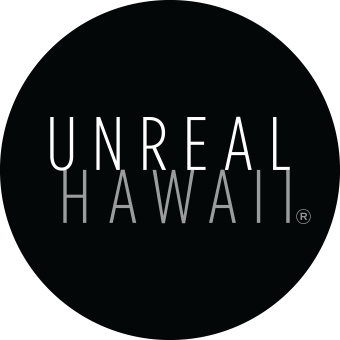

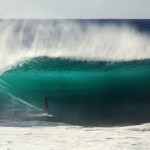
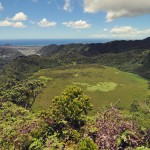
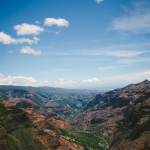
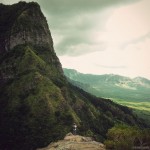


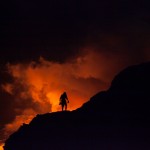
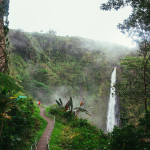
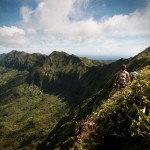
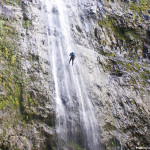

No comments yet. Be the first!